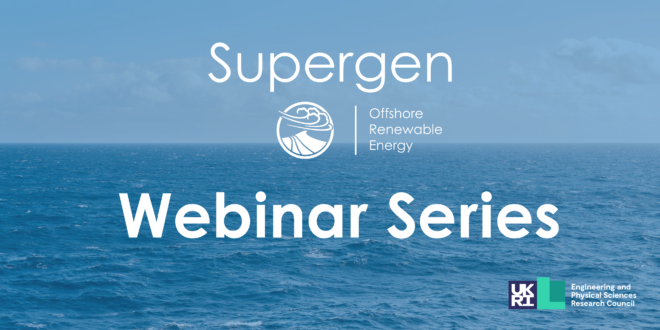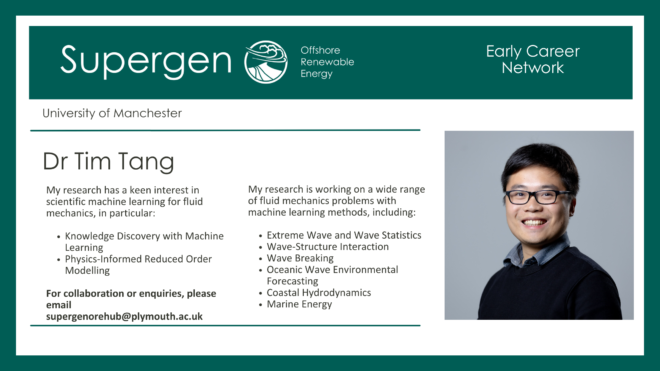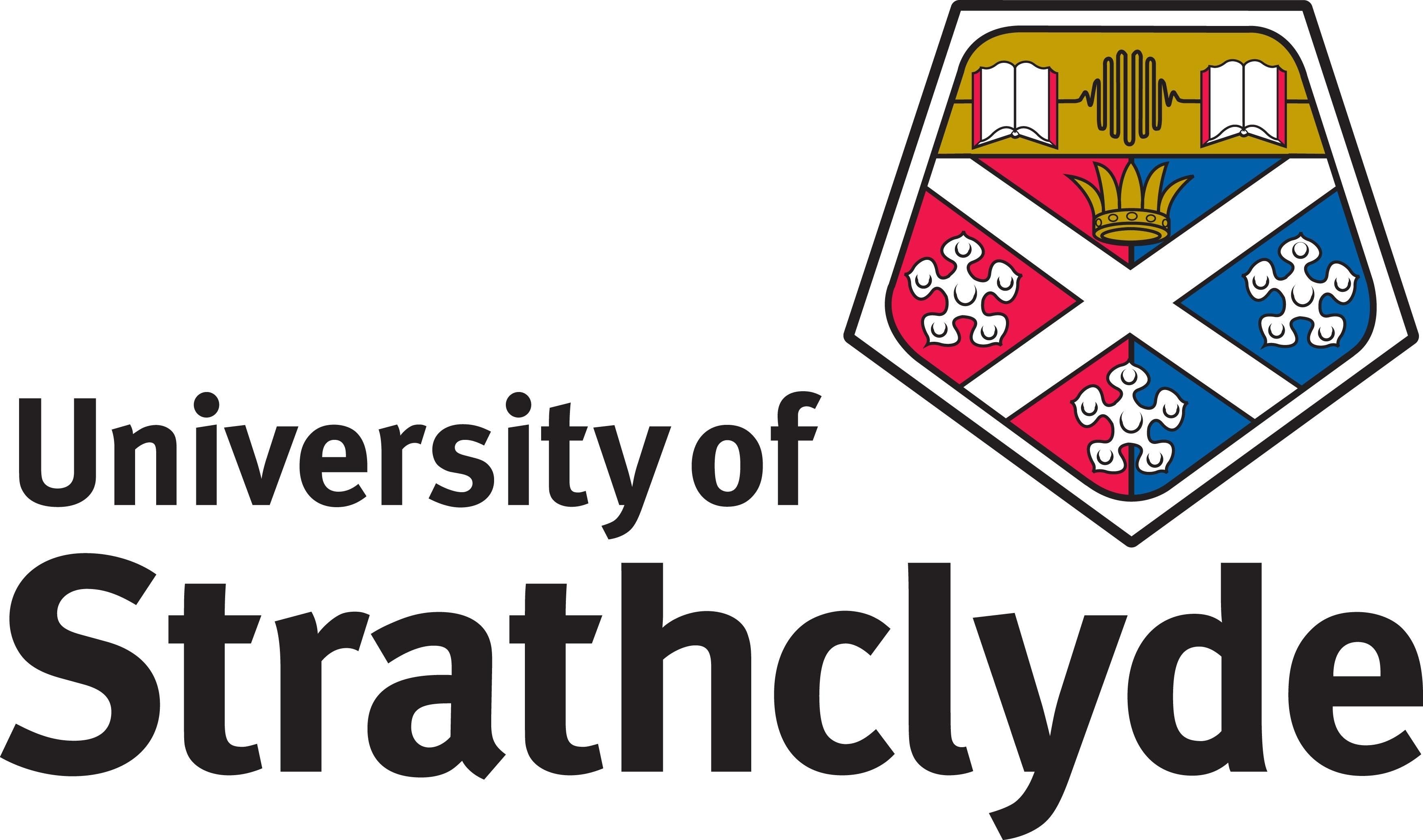About the project
Principal Investigator: Dr Stephen Suryasentana
The UK aims to power all its homes with 50GW of offshore wind energy by 2030. However, this requires installation of wind turbines in deeper waters, where most of the wind potential is. Suction caissons are promising foundations for deep water turbines; they can be used as jacket foundations or floating wind anchors, or as vehicles to install plate anchors. However, suction caissons can be challenging to install, where they can get stuck under constant suction pressure or be limited by cavitation pressure. In practice, this can be mitigated by using pressure cycling, which applies cyclic suction pressure to reduce soil resistance to caisson penetration. However, its mechanism is not well understood or scientifically validated. There is also no reliable way to predict how much a caisson will penetrate in different soil conditions for a given pressure cycling strategy, which leads to trial-and-error approaches that waste time, money and increase uncertainty and inefficiency.
To address these challenges, this project will use advanced numerical modelling to study how different pressure cycling strategies affect the complex coupled interactions between soil deformation, seepage flow and caisson penetration. The project will also develop new design models that can predict the caisson penetration behaviour for different pressure cycling strategies. The expected outcomes of this research will help practitioners design and implement caisson installation in a safe, efficient, and cost-effective manner, which will enable the expansion of offshore wind energy into deeper waters and contribute to UK’s green energy transition.











